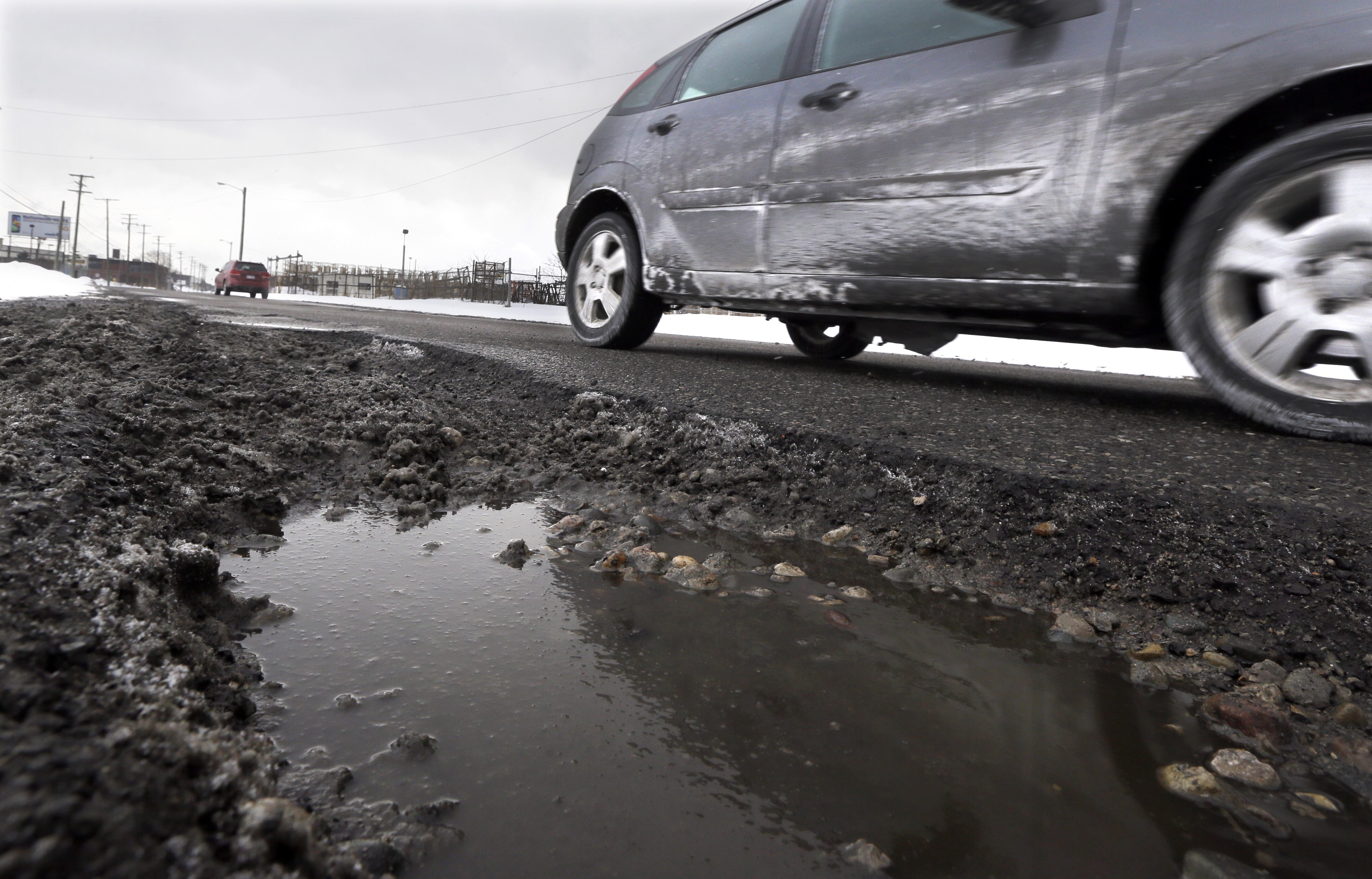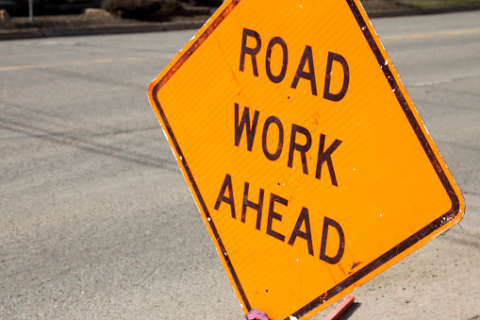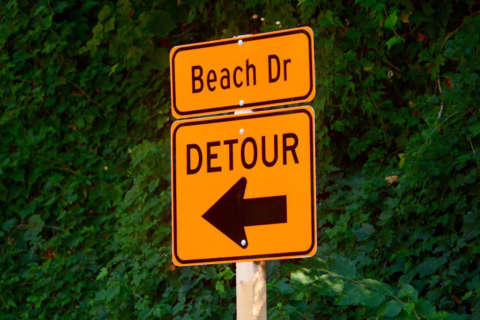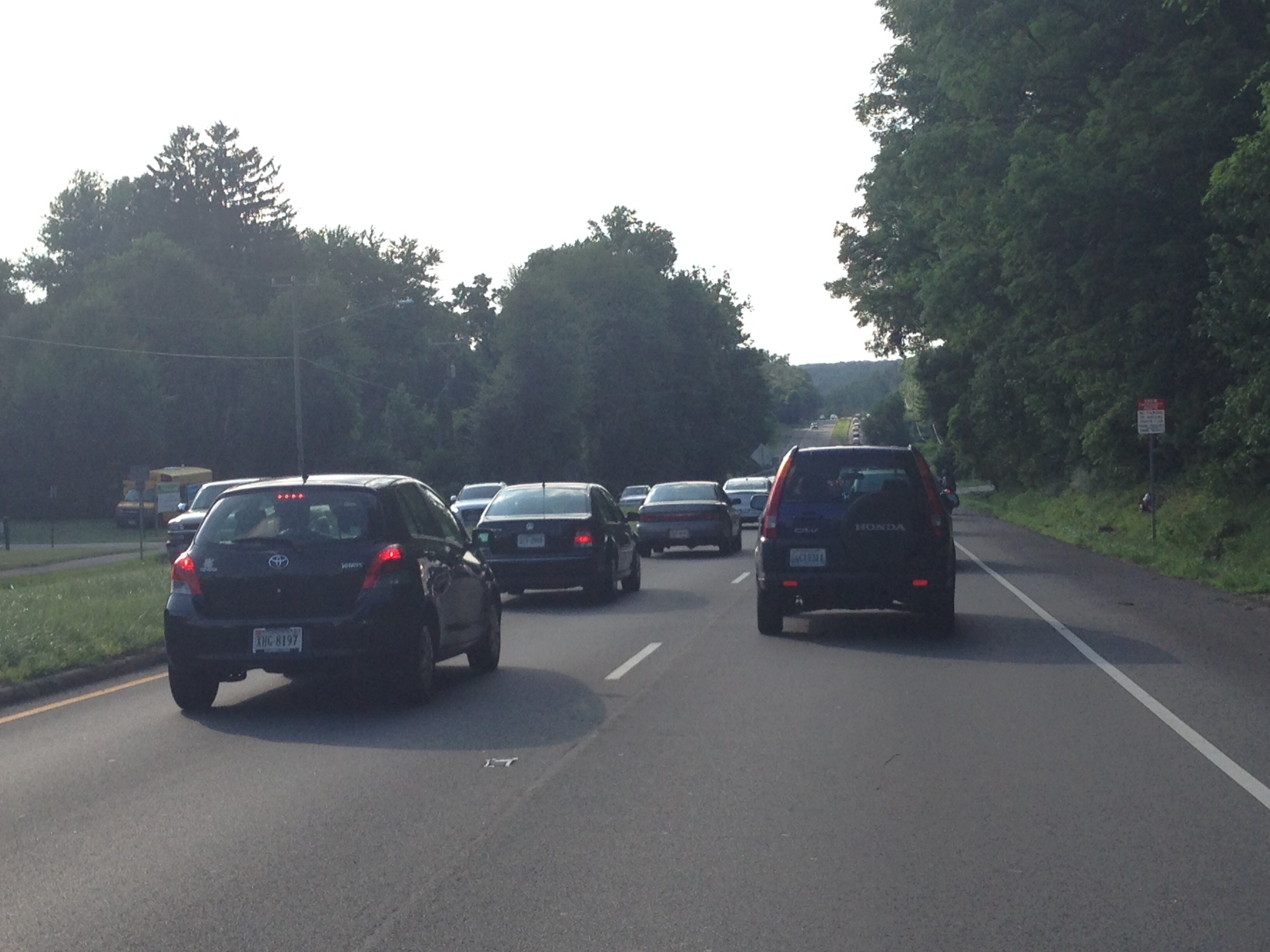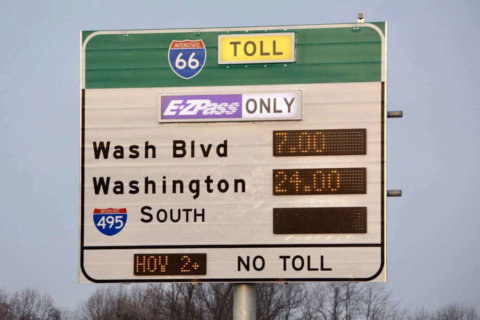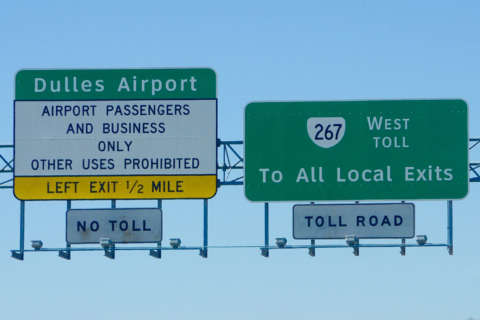WASHINGTON — Riding along some Northern Virginia roads can sometimes feel more like a roller coaster, and Virginia transportation officials said while they are making improvements, the fixes won’t come overnight.
Northern Virginia has the worst secondary road conditions in the Commonwealth, even after extensive spending on paving projects in recent years.
About 41 percent of side roads in Northern Virginia are in decent condition now, Virginia Department of Transportation chief engineer Garrett Moore said last month.
Statewide, the average, including those Northern Virginia roads, is around 60 percent.
With a significant portion of secondary road paving spending now shifted to the region, VDOT hopes to raise Northern Virginia’s score to around 45 percent next year.
“We are starting to see results, but it’s not going to happen overnight,” Moore said. “We’re not ignoring this.”
In 2014, VDOT said 30 percent of Northern Virginia secondary roads were satisfactory.
“It’s the lowest in the state, and we’ve been putting in gradually more money,” Moore said. “We are on a path to bring this up to where the rest of the state is. It’s going to take a significant investment.”
Until then, rough roads can add real costs for drivers such as wheel and tire damage. Maintenance has mostly focused on the surface layers of roads rather than complete rebuilds, which last longer. Better pavement and lane markings would also pave the way for more autonomous cars to be able to be tested in the region.
Bridges also an issue
On side roads, more than 700 bridges across Virginia, or 5.46 percent of secondary road bridge structures, are labeled structurally deficient, and 2,732 more are potentially on the cusp of the designation.
Statewide, 4.4 percent of bridges are already structurally deficient — 33 on interstates and 199 on primary roads. Nearly half of all Virginia bridges are beyond their expected service life. In a decade, that will rise to about 64 percent of bridges.
Other pavement conditions
Pavement conditions on interstates and primary roads have improved over the last decade, even as conditions on secondary roads have declined.
Longer-term fixes may require more significant reconstruction, Moore said.
“They did a good job building the interstates, but frankly, they didn’t drain well. The Romans did a better job 2,000 years ago than we did 50 years ago,” Moore said. “You can go on the Appian Way today and still ride on it because it was built right 2,000 years ago.”
VDOT maintains 128,600 lane-miles of road; 100,300 of those lane-miles are on secondary roads. As the state has built more, the number of miles people have driven has increased.
VDOT is concerned about more heavy trucks and heavy usage of aging roads.
On bridges, there are more and more incidents of “deck blowouts” on interstates that leave someone standing above looking straight down to the water or road below through a hole in the surface.
VDOT estimates each incident leads to an average 7-mile backup on interstates for 12 to 18 hours.
Bridge problems can be even more acute in rural areas, where a bridge that is closed or restricted to only light vehicles can cut off services.
A Commonwealth Transportation Board presentation last month cited one small Loudoun County bridge that could no longer handle heavy trucks as a significant problem since that change cut off trash collection for people living on the other side.

